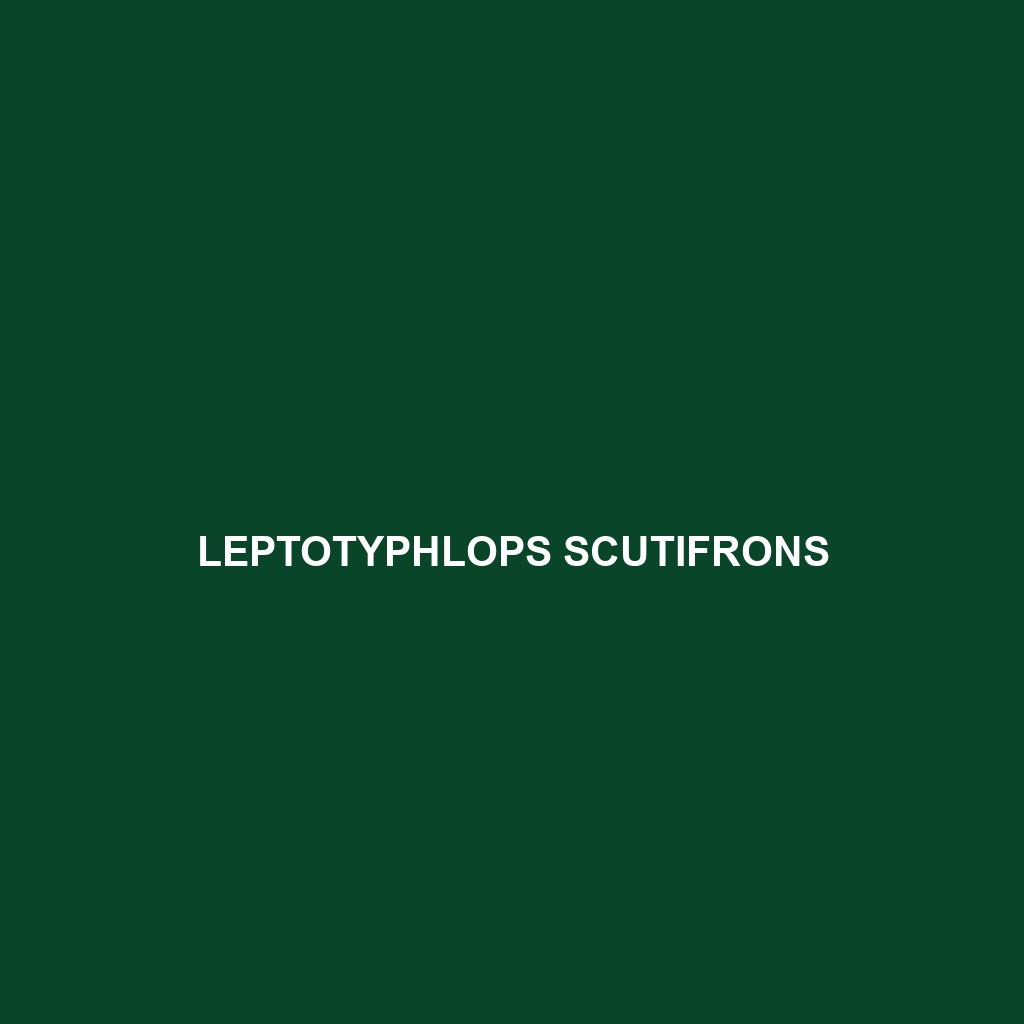Discover the fascinating Liolaemus rabinoi, a resilient lizard thriving in the arid landscapes of Argentina and Chile, known for its vibrant colors, agile climbing abilities, and a diet primarily consisting of insects. This species plays a crucial role in its ecosystem by regulating insect populations and serving as prey for larger predators.
Tag: conservation status of reptiles.
Liolaemus pseudolemniscatus
<p><b>Liolaemus pseudolemniscatus</b> is a slender, vibrant lizard found in the temperate forests and shrublands of Chile and Argentina, known for its striking coloration and unique behaviors. This insectivorous species thrives in diverse habitats, playing a crucial role in maintaining ecological balance as both predator and prey.</p>
Liolaemus orko
<b>Liolaemus orko</b> is a striking lizard native to the temperate forests and grasslands of southern South America, featuring vibrant earthy tones and an agile physique, measuring 15-20 cm in length. Primarily insectivorous, this resilient species is known for its unique mating displays, diurnal habits, and crucial role in maintaining local ecosystems.
Liolaemus lonquimayensis
Discover the fascinating Liolaemus lonquimayensis, a unique lizard from the temperate regions of Chile, known for its robust body, camouflage coloration, and interesting behaviors such as territorial displays and opportunistic feeding on insects. This species thrives in rocky habitats and plays a vital role in maintaining the ecological balance by controlling insect populations.
Liolaemus inacayali
The Liolaemus inacayali, also known as the Inacayali lizard, is a vulnerable species native to the temperate forests and grasslands of Argentina's Andes, characterized by its elongated body, vibrant dewlap, and insectivorous diet. This diurnal lizard exhibits unique adaptations for survival in harsh climates, including burrowing behaviors and incredible camouflage capabilities.
Liolaemus hermannunezi
<b>Liolaemus hermannunezi</b> is a striking lizard native to the rocky outcrops of the <b>Andes Mountains</b> in Argentina, characterized by its elongated body, earthy coloration, and social behaviors during the breeding season. As an insectivore that plays a vital role in its ecosystem, this vulnerable species faces threats from habitat destruction and climate change.
Liolaemus dicktracyi
Discover the Liolaemus dicktracyi, a stunning lizard native to the high-altitude grasslands and temperate forests of the Andean regions, measuring 10 to 15 cm with striking sandy beige and olive green coloration. Adapted for life at elevations of 1,500 to 3,200 meters, this diurnal insectivore showcases fascinating social behaviors and plays a critical role in its ecosystem.
Leptotyphlops scutifrons
Discover the fascinating Leptotyphlops scutifrons, commonly known as the shielded blindsnake, which thrives in diverse habitats with loose, moist soil. This distinct fossorial snake, measuring 20 to 50 cm, features vestigial eyes and plays a critical role in controlling insect populations while contributing to soil aeration and nutrient recycling.
Laudakia vulgaris
<p>The <b>Laudakia vulgaris</b>, or common agama, is a robust lizard native to South Asia, known for its impressive adaptability to rocky and arid habitats. With males exhibiting vibrant colors during mating and a diet primarily consisting of insects, this species plays a crucial role in its ecosystem by controlling insect populations and serving as prey for larger predators.</p>
Hypsiglena affinis
Discover the Arizona night snake (Hypsiglena affinis), a nocturnal species thriving in the Southwestern U.S. and Northern Mexico, characterized by its slender body, distinctive blotched coloration, and mild venom, playing a vital role in controlling insect populations and maintaining ecological balance.









